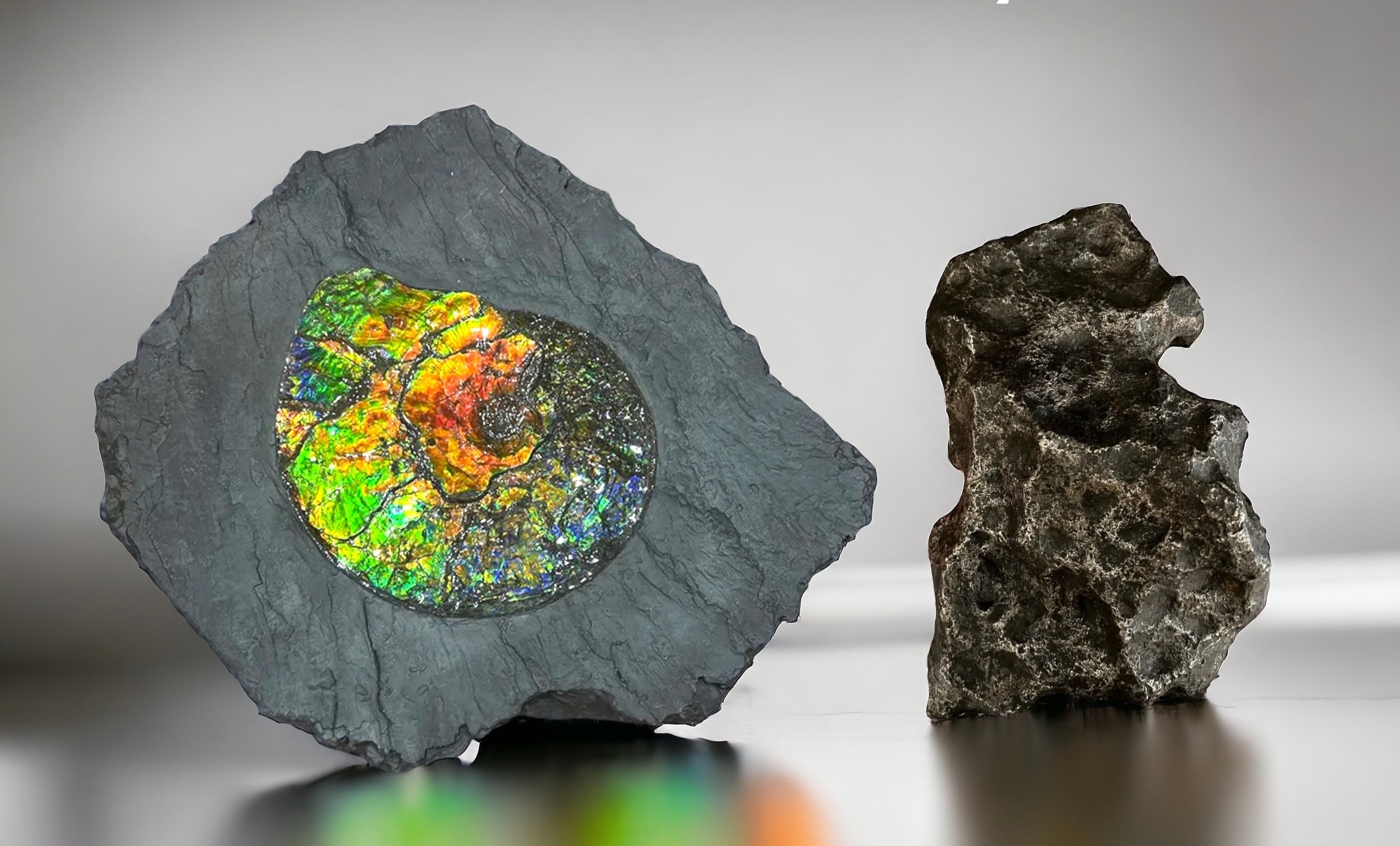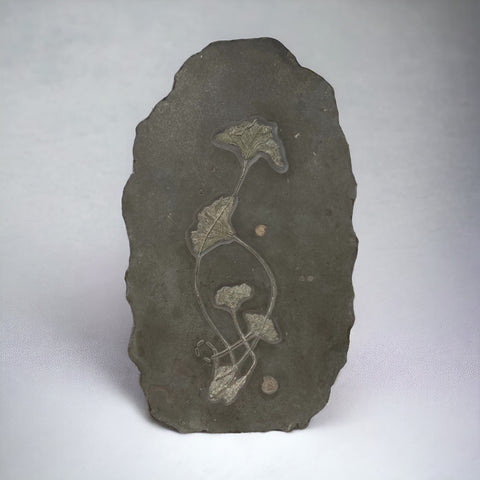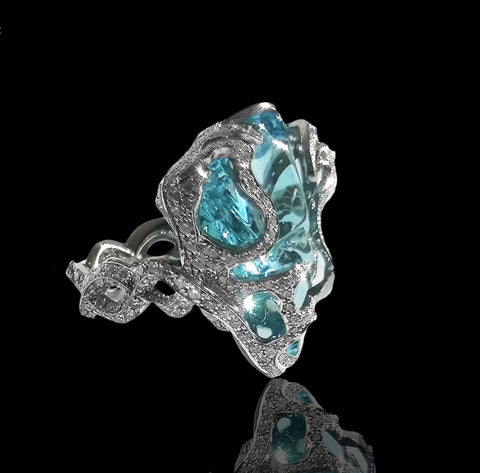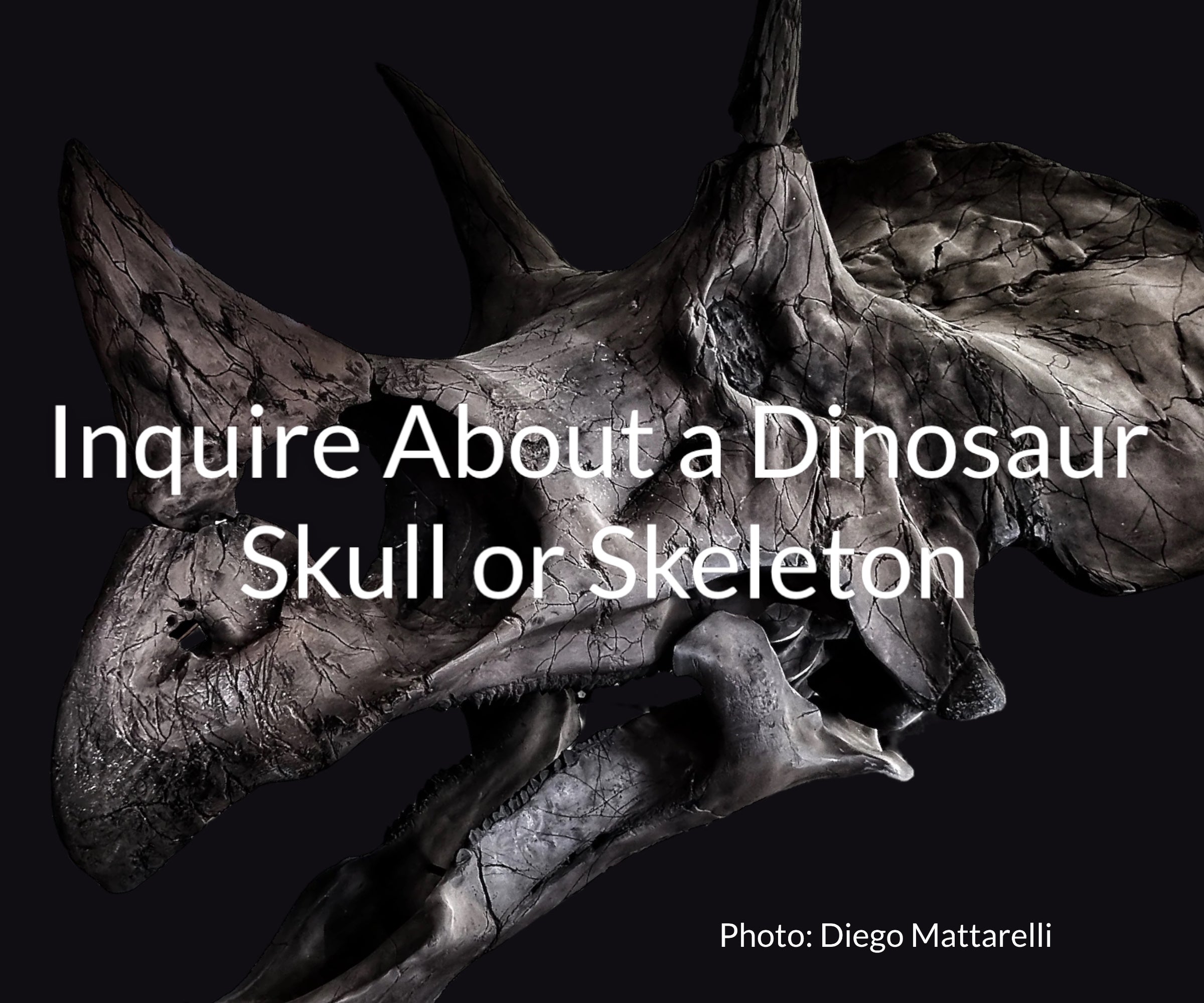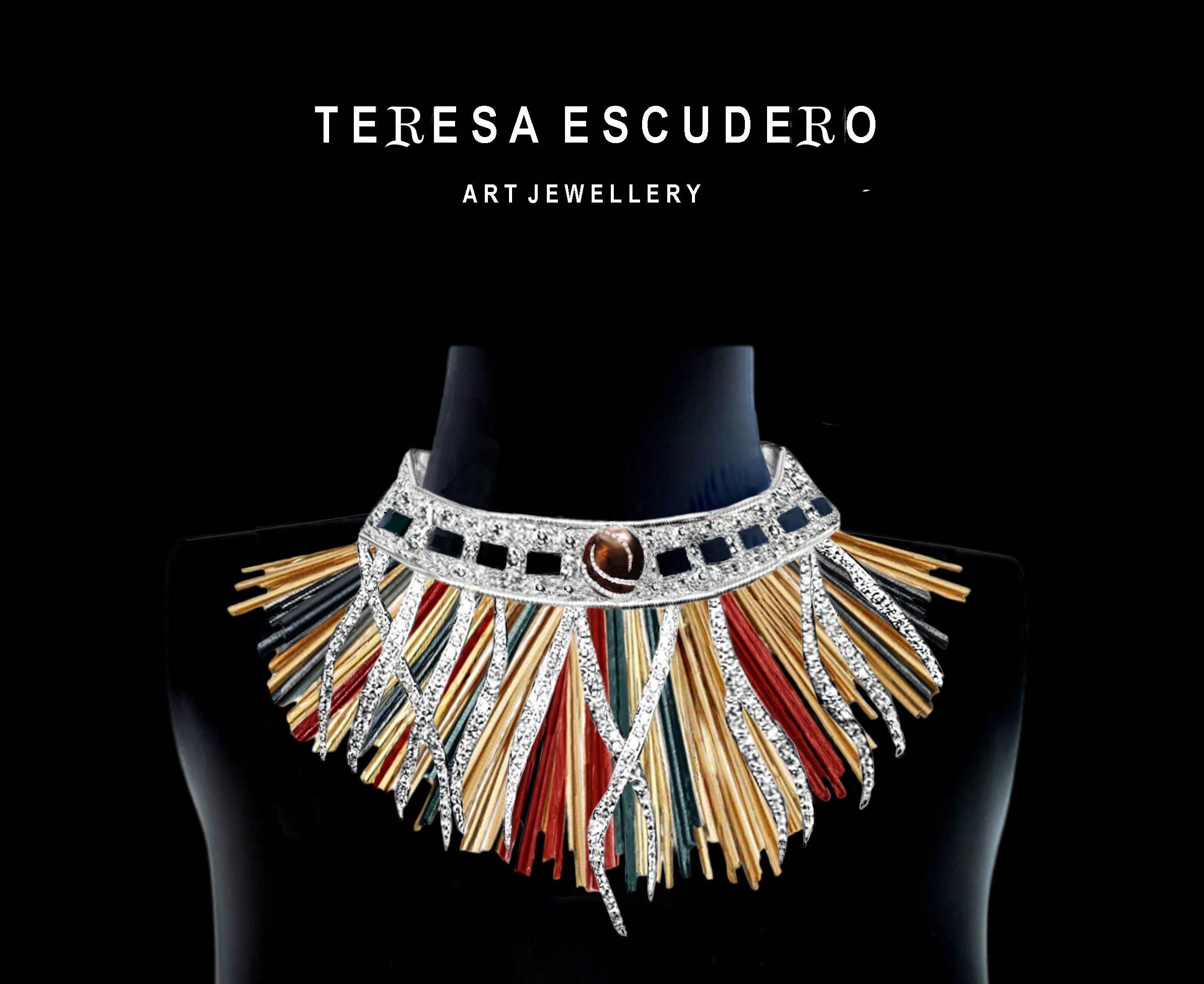Natural History Gallery & Consultancy
Fossil Realm celebrates the emergent beauty of nature, shaped by the dynamic forces of the Earth and cosmos. This gallery embodies our family’s deep appreciation for the natural world—a passion we have nurtured and shared for over 40 years.
We proudly offer a curated selection of fossils, minerals, meteorites, and art jewelry. Each piece is carefully chosen for its rarity, beauty, and scientific significance, inviting both seasoned collectors and newcomers alike to join us in the excitement of exploring natural history.
Experience and Expertise
Fossil Realm is a distinguished natural history gallery and consultancy based in Ottawa, with a global reach. Over the past four decades, our family business has cultivated trusted relationships with key industry players—paleontologists, curators, exhibit managers, and collectors. We have curated thousands of exceptional specimens for private collections and institutions, and have consulted on major projects.
Integrity and Professionalism
As proud members of AAPS and IMCA, we uphold the highest ethical standards in every aspect of our operation. Each specimen is sourced from reputable professionals and comes with a signed certificate of authenticity. Detailed condition reports ensure transparency for every collector, and letters of provenance and further documentation are available upon request.
Passion and Wonder
At Fossil Realm, we inspire profound wonder for our planet, its history, and our unique place in the Cosmos. Our initiatives—including the founding of the Toronto Nature Centre—reflect our commitment to natural history. By engaging with our curated collection of exceptional specimens, visitors embark on a journey that deepens their connection to the natural world.
Fossil Realm Magazine
Willard: The Tale of an Enormous Triceratops Skeleton

Willard - possibly the largest Triceratops prorsus skeleton ever found - spans 28 feet long and 11.8 feet high. Credit: Diego Mattarelli
Have you ever wondered how a dinosaur skeleton ends up in a museum or public exhibition? Who discovers and digs up the bones? How are the bones stabilized and prepared? And what process is used to restore the missing parts and, eventually, assemble the finished specimen? Read on to find out more about Willard —an astounding fossilized Triceratops prorsus skeleton recently unearthed in the badlands of North Dakota -possibly the world’s largest example of the species ever found!
Q&A with Trilobite Specialist Dr. Lukáš Laibl
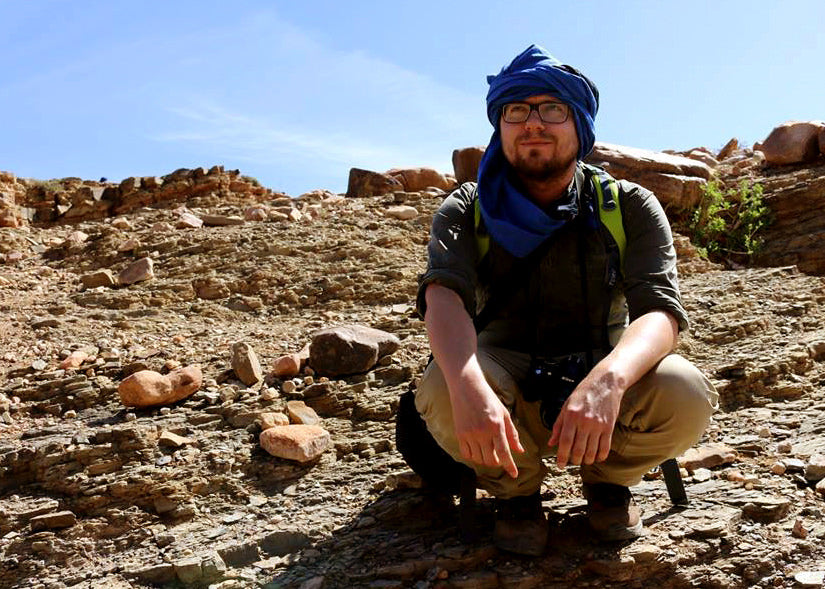 Dr. Lukáš Laib in the Fezouata lagerstätte near Zagora, Morocco. Credit: Martina Nohejlová.
Dr. Lukáš Laib in the Fezouata lagerstätte near Zagora, Morocco. Credit: Martina Nohejlová.
Czech palaeontologist Dr. Lukáš Laibl shares wide ranging tips for anyone interested in the study of fossils. His dedicated research about trilobite development and evolution (and trilobite larvae in particular) provides a glimpse into the excitement of discovering unexpected facts about the prehistoric past. Dr. Laibl’s road to a career in palaeontology was heavily influenced by natural history books and he was happy to recommend several books and resources for fellow enthusiasts and aspiring palaeontologists.
The Royal Tyrrell Museum’s Innovative New Exhibit: Grounds for Discovery
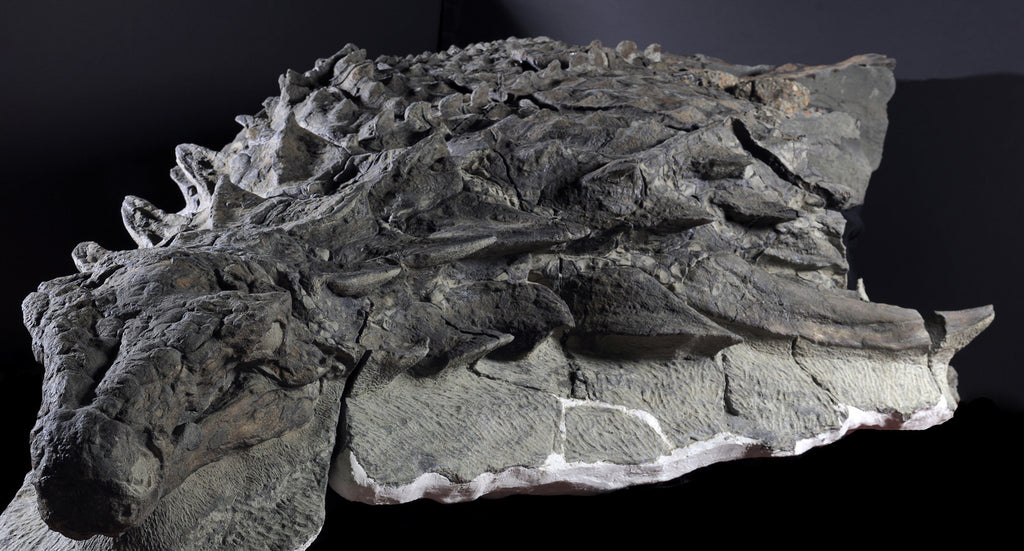 "Mummified" Nodosaur (new armoured dinosaur). Image courtesy of the Royal Tyrrell Museum, Drumheller, AB.
"Mummified" Nodosaur (new armoured dinosaur). Image courtesy of the Royal Tyrrell Museum, Drumheller, AB.
The Royal Tyrrell Museum's exciting new exhibit, Grounds for Discovery, showcases many marvellous fossil specimens that were discovered accidentally through industrial activity. The exhibit is a testament to Alberta’s collaborative relationships between palaeontologists and major corporations, like the energy giant Suncor. We had the pleasure of discussing the unique premise behind the exhibit (and the mummified Nodosaur) with Dr. Don Brinkman, the Royal Tyrrell Museum's Director of Preservation and Research.
